The Flexographic Ink Market is currently characterized by a dynamic competitive landscape, driven by innovation, sustainability, and regional expansion. Key players such as Sun Chemical (US), Flint Group (LU), and Toyo Ink SC Holdings Co., Ltd. (JP) are actively shaping the market through strategic initiatives. Sun Chemical (US) focuses on enhancing its product portfolio with eco-friendly inks, while Flint Group (LU) emphasizes digital transformation and automation in its manufacturing processes. Toyo Ink SC Holdings Co., Ltd. (JP) is investing in R&D to develop high-performance inks tailored for specific applications, indicating a trend towards specialization. Collectively, these strategies foster a competitive environment that prioritizes technological advancement and environmental responsibility.
In terms of business tactics, companies are increasingly localizing manufacturing to reduce lead times and optimize supply chains. This approach appears to be a response to the growing demand for customized solutions and rapid delivery. The market structure is moderately fragmented, with several players vying for market share, yet the influence of major companies remains substantial. Their collective efforts in innovation and sustainability initiatives are likely to set the tone for future market developments.
In August 2025, Sun Chemical (US) announced the launch of a new line of bio-based flexographic inks aimed at reducing environmental impact. This strategic move not only aligns with global sustainability trends but also positions the company as a leader in eco-friendly solutions, potentially attracting environmentally conscious customers. The introduction of these inks may enhance Sun Chemical's competitive edge in a market increasingly focused on sustainability.
In September 2025, Flint Group (LU) unveiled a state-of-the-art digital inkjet technology that integrates seamlessly with existing flexographic processes. This innovation is significant as it allows for greater flexibility and efficiency in production, catering to the rising demand for short-run printing. By enhancing its technological capabilities, Flint Group is likely to strengthen its market position and appeal to a broader customer base seeking advanced printing solutions.
In July 2025, Toyo Ink SC Holdings Co., Ltd. (JP) entered into a strategic partnership with a leading packaging manufacturer to co-develop specialized inks for flexible packaging applications. This collaboration underscores the importance of partnerships in driving innovation and meeting specific market needs. By leveraging each other's strengths, both companies may enhance their product offerings and expand their market reach, reflecting a trend towards collaborative innovation in the industry.
As of October 2025, the Flexographic Ink Market is witnessing a shift towards digitalization, sustainability, and AI integration. These trends are reshaping competitive dynamics, with companies increasingly forming strategic alliances to enhance their capabilities. The focus appears to be moving from price-based competition to differentiation through innovation, technology, and reliable supply chains. This evolution suggests that future competitive advantages will hinge on the ability to adapt to changing market demands and leverage technological advancements.


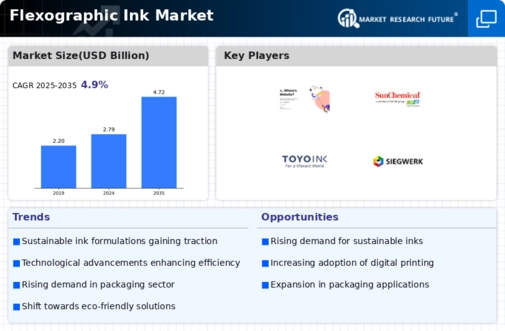
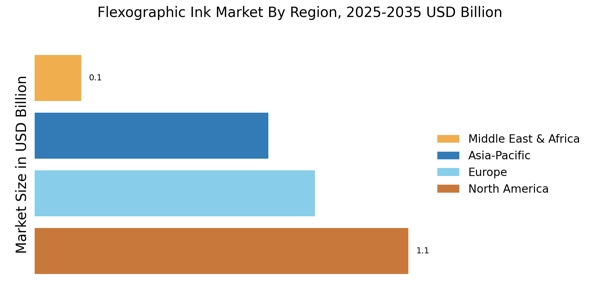
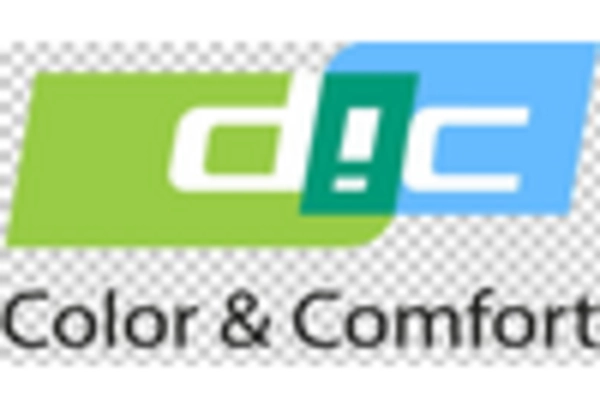

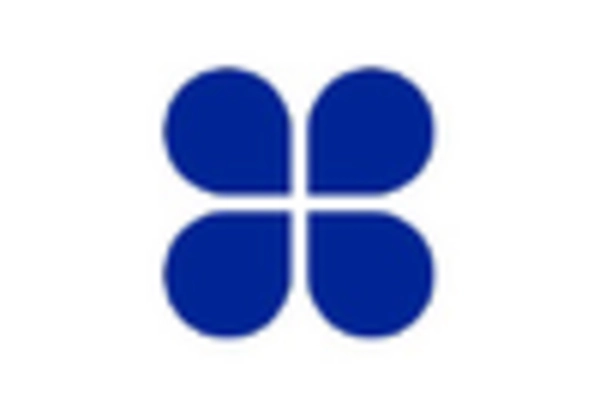
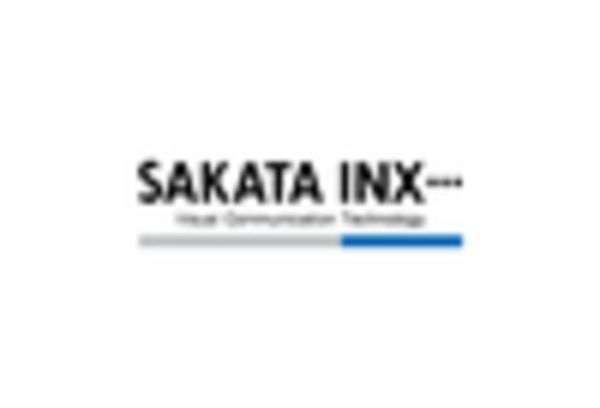
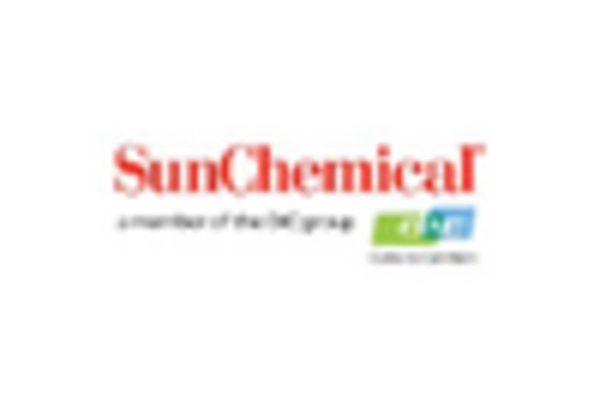
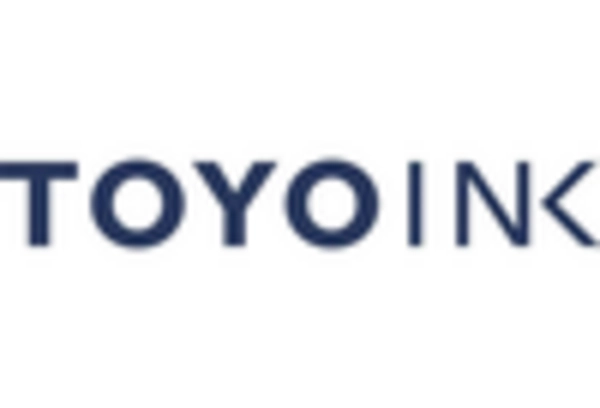








Leave a Comment